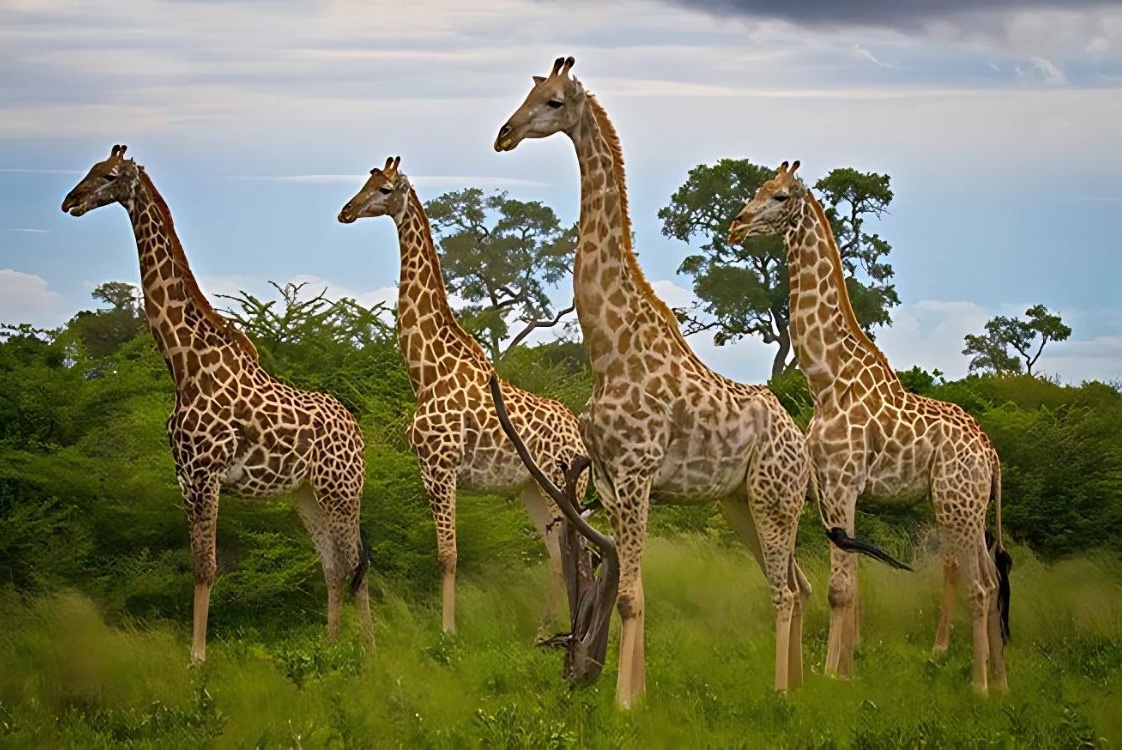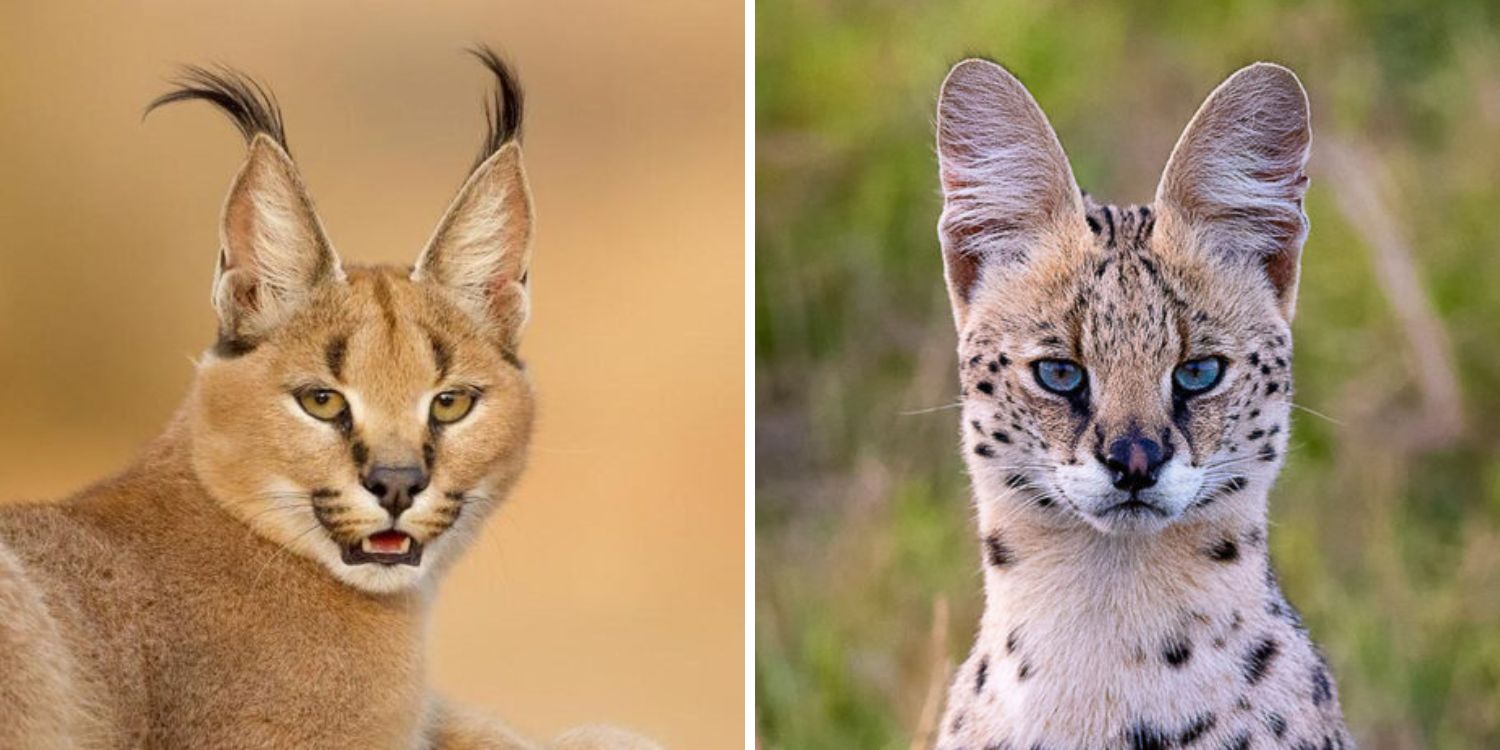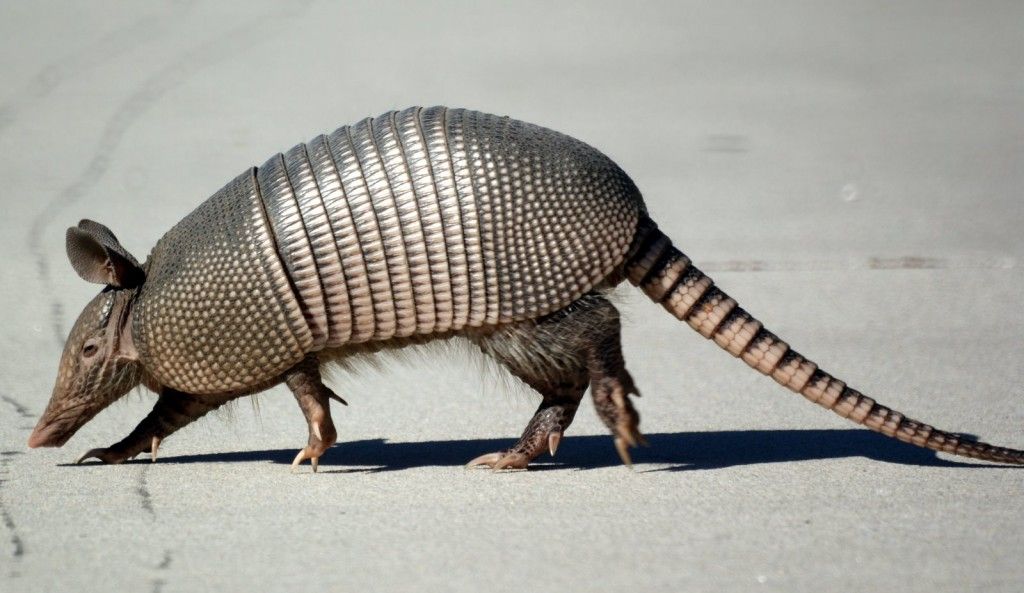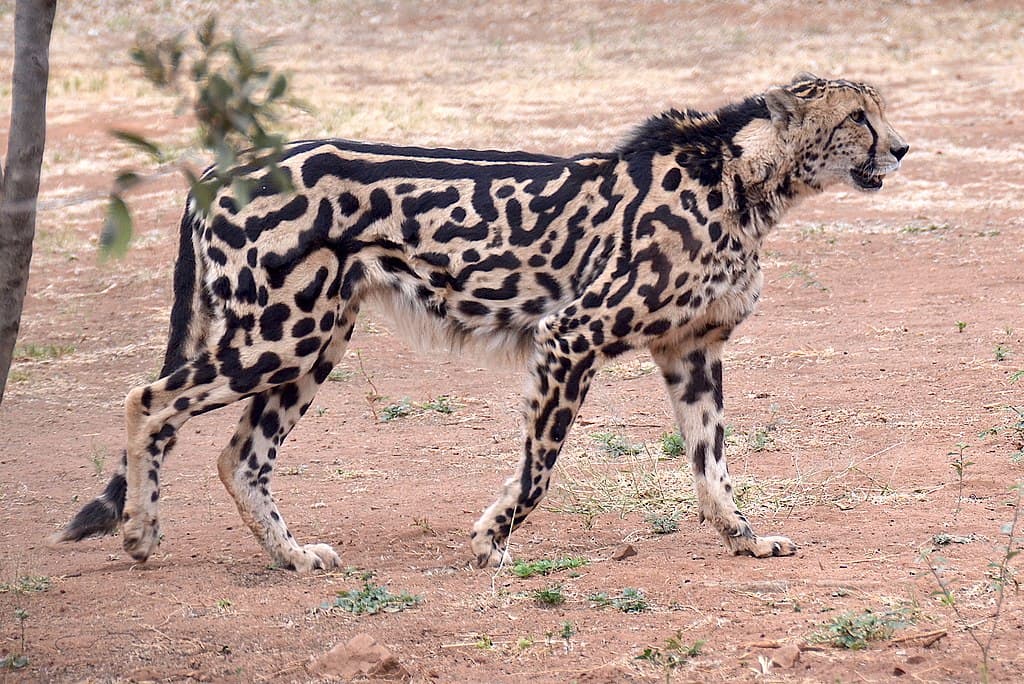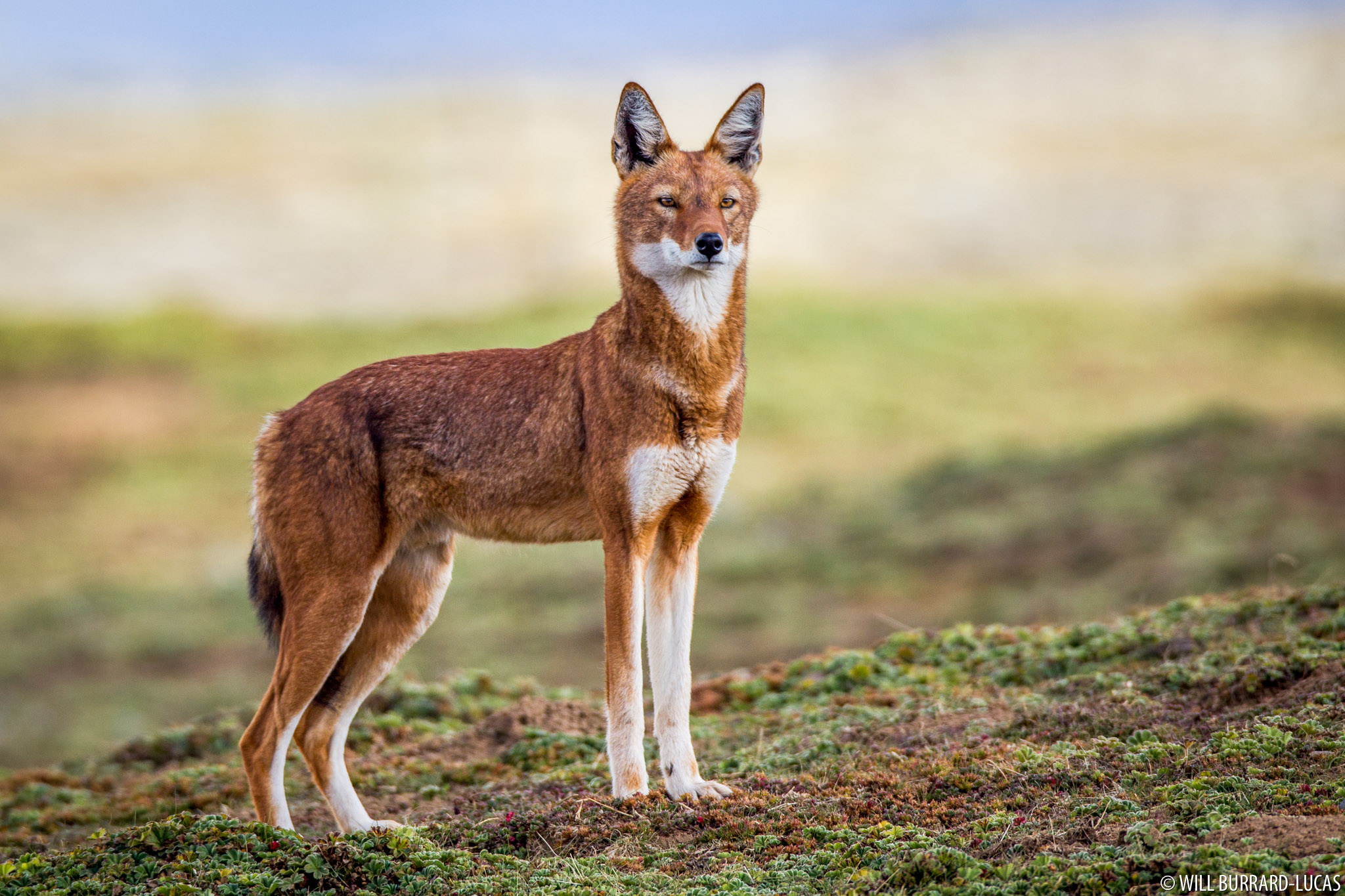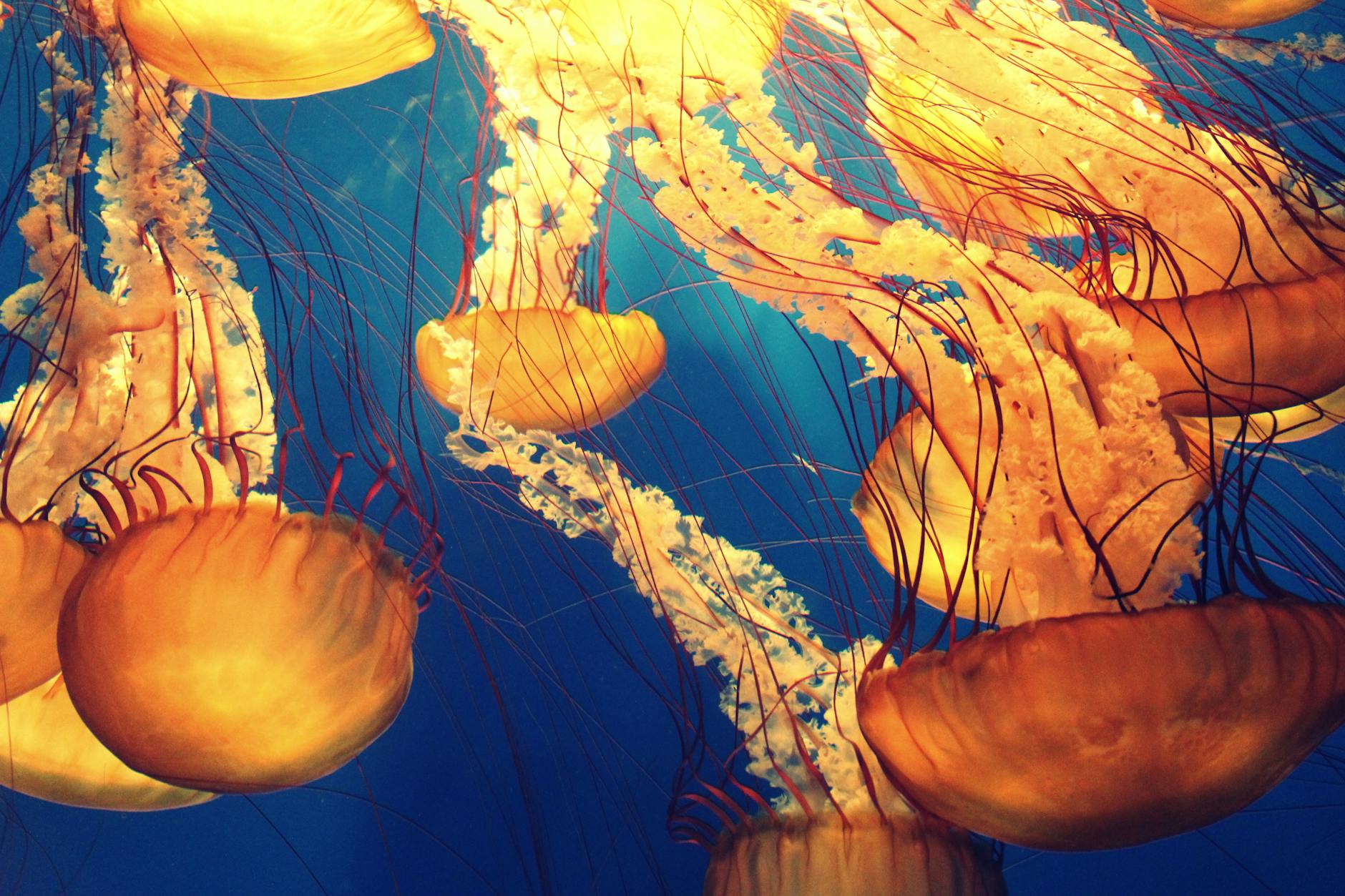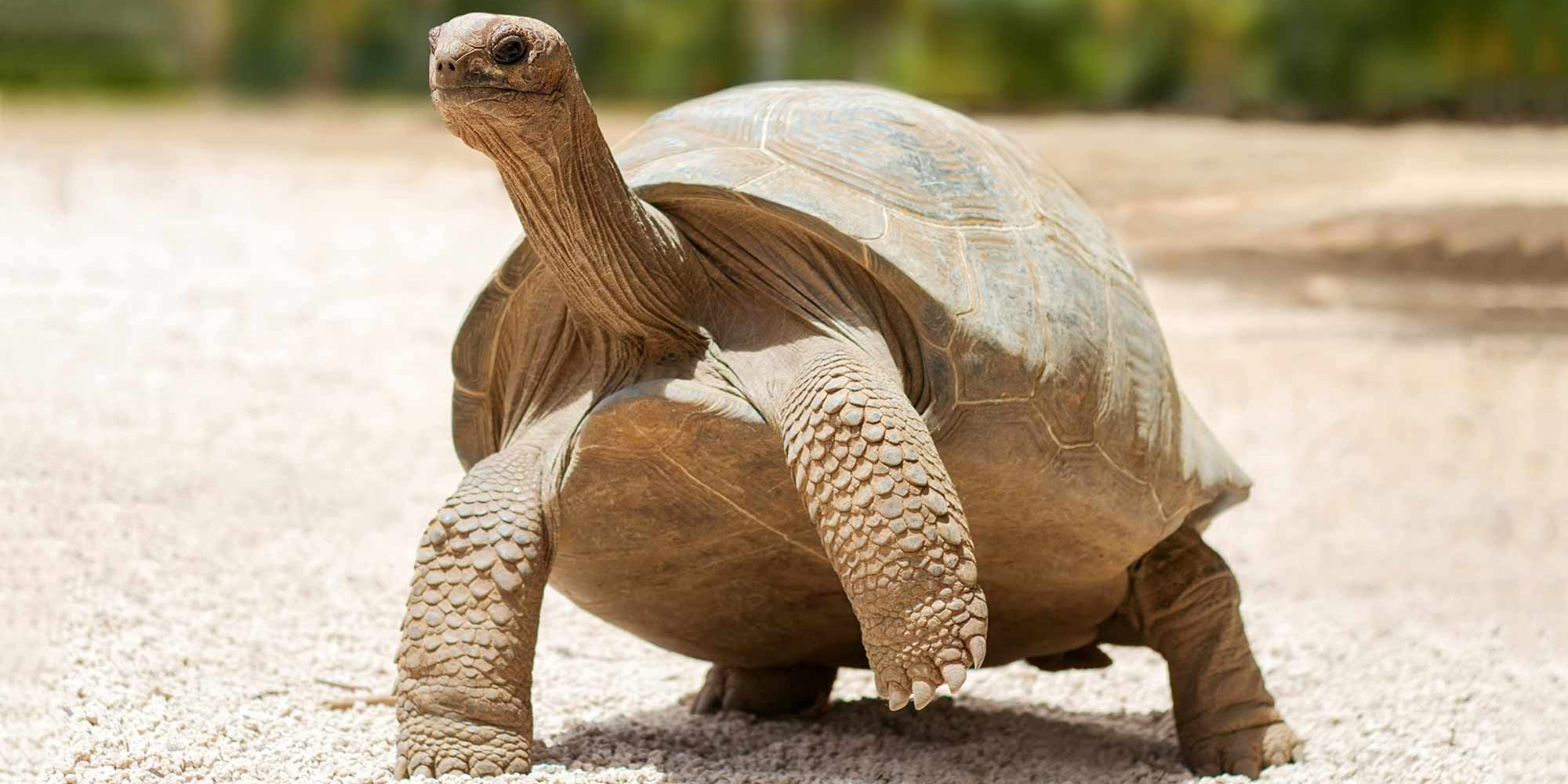
When you hear “Galapagos,” what’s the first image that springs to mind? For many, it’s the gentle, ancient giants that lend their very name to this extraordinary archipelago: the Galapagos Tortoises. Witnessing these magnificent reptiles in their natural habitat is more than just a wildlife encounter; it’s a journey back in time, a tangible connection to the forces of evolution that shaped these “Enchanted Isles.”
The Namesakes of a Legend
The Spanish word “galápago” refers to a type of saddle, which aptly describes the shape of some of these tortoises’ shells. It’s a fitting tribute, as these slow-moving titans are arguably the most iconic residents of the islands. They are the longest-lived vertebrates on Earth, with some individuals known to have surpassed 150 years! Imagine the changes they’ve witnessed, the generations of wildlife that have come and gone around them.
Giants Shaped by Their Homes
What makes the Galapagos Tortoises so remarkable is their incredible diversity and adaptation. There isn’t just one type of Galapagos Tortoise; there are several distinct species, each unique to a particular island or even a specific volcano on an island. This phenomenon, known as adaptive radiation, is a cornerstone of Darwin’s theory of evolution, and the tortoises are perhaps the most compelling living example.
You’ll notice fascinating differences in their shell shapes, which are directly linked to their environment:
- Dome-shaped shells: These tortoises typically inhabit islands with abundant ground-level vegetation. Their domed, heavy shells offer excellent protection and make it easier for them to push through dense undergrowth.
- Saddle-backed shells: Found on drier islands with sparse ground vegetation, these tortoises have shells that curve upwards at the front, allowing them to stretch their long necks high to reach leaves and cacti pads that would otherwise be inaccessible. This incredible adaptation highlights how keenly these creatures have evolved to survive in challenging conditions.
- The largest living species of tortoise in the world: While there is some size overlap with the Aldabra Giant Tortoise from the Seychelles (which is also incredibly massive), the Galapagos Tortoise, as a collective species with its various subspecies, often averages slightly larger. Some individuals have been recorded weighing over 400 kg (900 lbs) and reaching lengths of 1.8 meters (6 feet).
A Slow but Vital Role
Despite their deliberate pace, Galapagos Tortoises play a crucial role in their ecosystems. As large herbivores, they are the “gardeners” of the islands, helping to disperse seeds, clear paths, and shape the vegetation through their grazing. Their movements create microhabitats for smaller creatures, contributing to the overall biodiversity of the islands.
From the Brink of Extinction: A Conservation Success Story
Sadly, these gentle giants faced immense threats for centuries. Whalers, pirates, and early settlers heavily exploited them for food, leading to the extinction of several species. Habitat destruction from introduced species like goats and pigs also took a severe toll.
However, dedicated conservation efforts have brought many species back from the brink. Breeding programs, habitat restoration, and the removal of invasive species are helping tortoise populations slowly recover. Walking among a group of young, thriving tortoises is a powerful testament to what focused conservation can achieve.
An Encounter You Won’t Forget
To stand beside a Galapagos Tortoise, to watch it slowly graze or simply rest, is to experience a profound sense of connection to nature’s enduring power. There’s a tranquility about them, an ancient wisdom in their eyes that speaks volumes about their incredible journey through time.
The Galapagos Tortoises are more than just an animal; they are a living symbol of the Galapagos Islands themselves – a place of unique beauty, extraordinary adaptation, and the ongoing, vital story of life on Earth. If you ever have the chance, seek them out. You’ll leave with a renewed appreciation for these magnificent, enduring giants.
More photos below ↓







Disclaimer: This blog post is for edutainment purposes only and may not be entirely accurate.

